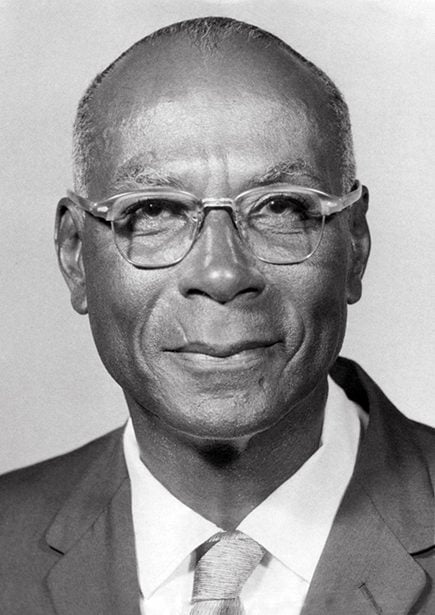
Photo courtesy of the International Tennis Hall of Fame.
Dr. Robert Walter “Whirlwind” Johnson acquired his nickname and a modicum of national exposure in the 1920s, as a running back at Lincoln (Pa.) University. Johnson dazzled overflow crowds with his daring broken field running, once scoring eight touchdowns in a game, as his hair swirled above his head. “Wearing a helmet was optional,” said Hildrus Poindexter, Lincoln’s right guard. “He wore his hair long and he’d run down the field with his hair flowing, streaking like a whirlwind. He struck the pose of an ancient leader.”
In truth, Johnson exuded an ‘ancient leader’ persona throughout his adult life. He used it, along with his resources as a physician, to challenge the South’s “Jim Crow” laws; sometimes calmly, sometimes forcefully, but always with finesse, during his mission to provide Black junior tennis players with opportunities to compete at the game’s highest levels.
In 2009, the late Dr. Johnson’s efforts were recognized with the ultimate honor granted to those involved in tennis—induction into the International Tennis Hall of Fame. Johnson earned his Hall of Fame recognition for his role in grooming tennis great Althea Gibson and for creating the American Tennis Association’s (ATA) junior development program that produced several black tour professionals and teaching pros, (including his fellow Hall-of-Famer, Arthur Ashe) during the 1950s and 1960s.
Johnson developed a passion for tennis after opening a medical office in Lynchburg, Va., in the 1930s. As his patient count grew longer, he realized that the long, stress-filled days spent as the city’s lone Black doctor should be offset with a strenuous daily dose of physical exercise. He decided that building a clay court in his backyard would solve his problem, but he saw the Jim Crow laws of the South that denied blacks access to mainstream America as a much greater problem.
Johnson was inspired by Jackie Robinson breaking the color barrier in Major League Baseball in 1947, and believed that the acceptance of Robinson in baseball might just translate into Blacks being accepted into tennis as well. Given the opportunity, he believed that talented and properly trained Blacks also could be ranked among the tennis world’s top players. Some of his colleagues considered that an impossible dream. But three years after Robinson joined the Brooklyn Dodgers, an unplanned stop at the University of Virginia (UVA), Charlottesville, led to Johnson taking the first step toward fulfilling his dream of seeing the sport of tennis fully integrated.
While driving near the entrance to the campus, Johnson noticed a sign, which read, “Interscholastic Tennis Championships.” He parked his car close to the tennis courts, leaned against a fence and stared admirably at the white high school players, all dressed in white shirts and shorts, rallying with one another on the forehand and backhand sides with fundamentally sound racquet swings. He noted the sureness in their footwork and steadiness in their arms and hands, as they occasionally rushed the net after each serve and punched forehand and backhand volleys across the net.
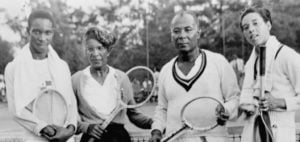
From left: George Stewart, Ora Washington, Whirlwind Johnson and Althea Gibson at the 31st ATA National Championships in 1948. Photo courtesy of the International Tennis Hall of Fame.
Johnson was then the director of the Central Intercollegiate Athletic Association (CIAA), a group of Historically Black Colleges/Universities (HBCUs), which included Howard and Hampton.
“To my surprise, the caliber of play in their white high schools was better than our colleges—frankly better than the best tennis we Negroes had to offer anywhere in the United States,” Johnson said.
Still, he believed that talented Blacks, with proper training and attitude could not only compete in the event, but one day win it.
“I decided to see what steps could be taken to get our boys in this national championship.”
Luckily, Edmond ‘Teddy’ Penzold, the tournament director, proved to be supportive and encouraging. Johnson introduced himself to Penzold as “Dr. Robert Walter Johnson” knowing his M.D. would get attention, if not necessarily respect. He told Penzold that he had a tennis court in his backyard, where he trained young Blacks to compete in the predominantly Black ATA events and that he wanted them to compete in his event.
Johnson emphasized that his desire was to bring about competitive change, not social. He promised that he and his players would not eat there, sleep there, or use any of the other campus facilities. Penzold told Johnson that if could find any Black juniors of high caliber, he would consider letting them enter next year. “Give me your address and I’ll send you an application,” he said.
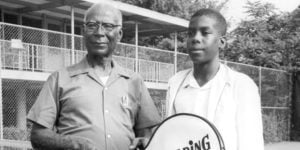
Johnson and Juan Farrow. Photo courtesy of the International Tennis Hall of Fame.
In 1951, Victor Miller and Roosevelt Megginson, of Lynchburg’s Dunbar High School became the first Blacks to compete in the Charlottesville interscholastic event. Neither won a game against their opponents. “I was embarrassed,” Johnson said.
What’s more, Penzold’s decision to allow Black players to compete in the event angered many of his white friends and neighbors. One university administrator suggested moving the junior event to another university. That didn’t stop Penzold from encouraging Johnson to try again.
“Expand your search,” he told Johnson. “Organize a Negro national interscholastic championship. Hold it in May, and I assure you the finalists will be able to play in Charlottesville in June.”
Penzold’s supporters included Dr. Colgate Darden, UVA’s president (1947-1959). “Teddy insisted that this thing be done fairly despite the complaints,” Penzold’s wife, Lucy said. “He was very adamant that Blacks be allowed to play.”
The next year, as director of the ATA’s Junior Development, Johnson added a national interscholastic event to the tournament calendar. In 1961, 10 years after Megginson and Miller could not win a game at the Interscholastic Tennis Championships, Arthur Ashe, became the first African-American to capture the title, defeating Cliff Buchholz in the semifinals and Jimmy Parker in the final. The following year, the National Interscholastic Championships, which had been played in Charlottesville since 1946, was moved to Williamston, Mass.
Johnson lived to see Gibson fulfill his dream of major success for Black players, winning five major titles. She became the first black to win a major title, the French Open (1956), and added four additional majors, claiming Wimbledon (1957-58) and the U.S. Championships (1957-58).
Three years before he died, Johnson sat in the stadium at Forest Hills and watched Ashe—still the only Black male to win a major—claim the 1968 US Open crown.
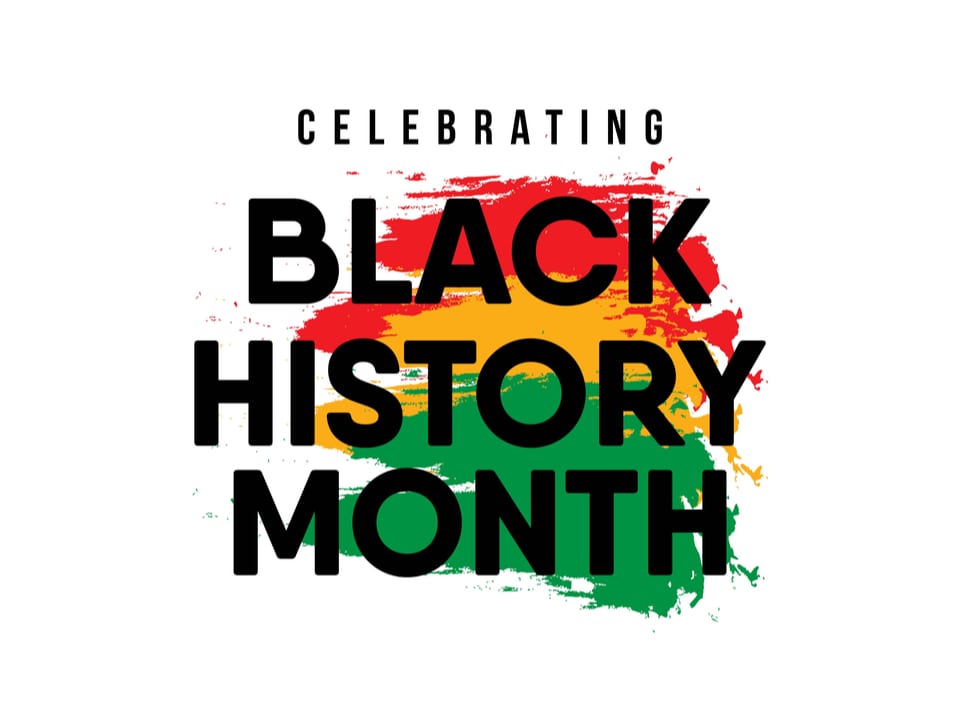
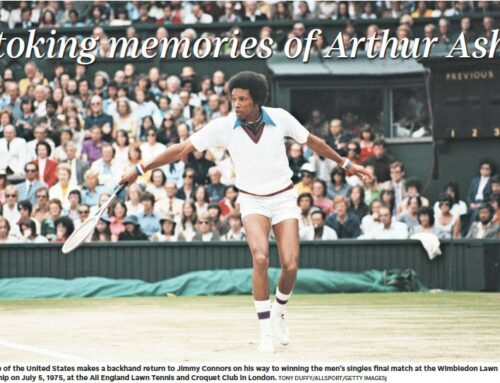
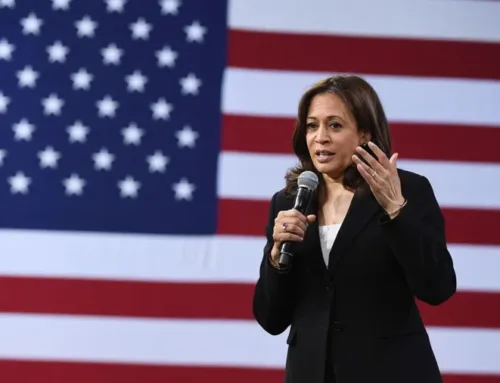
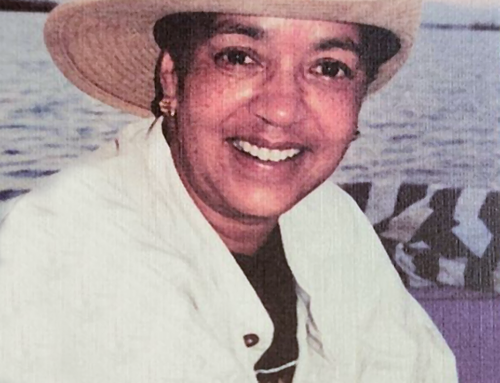
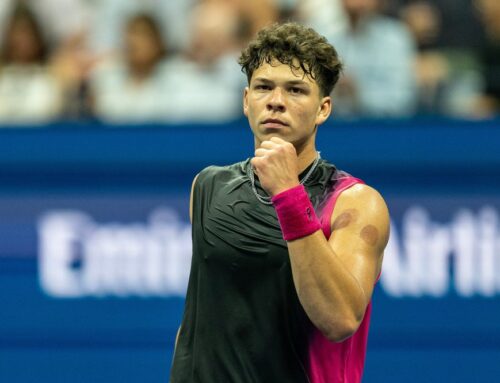
Leave A Comment